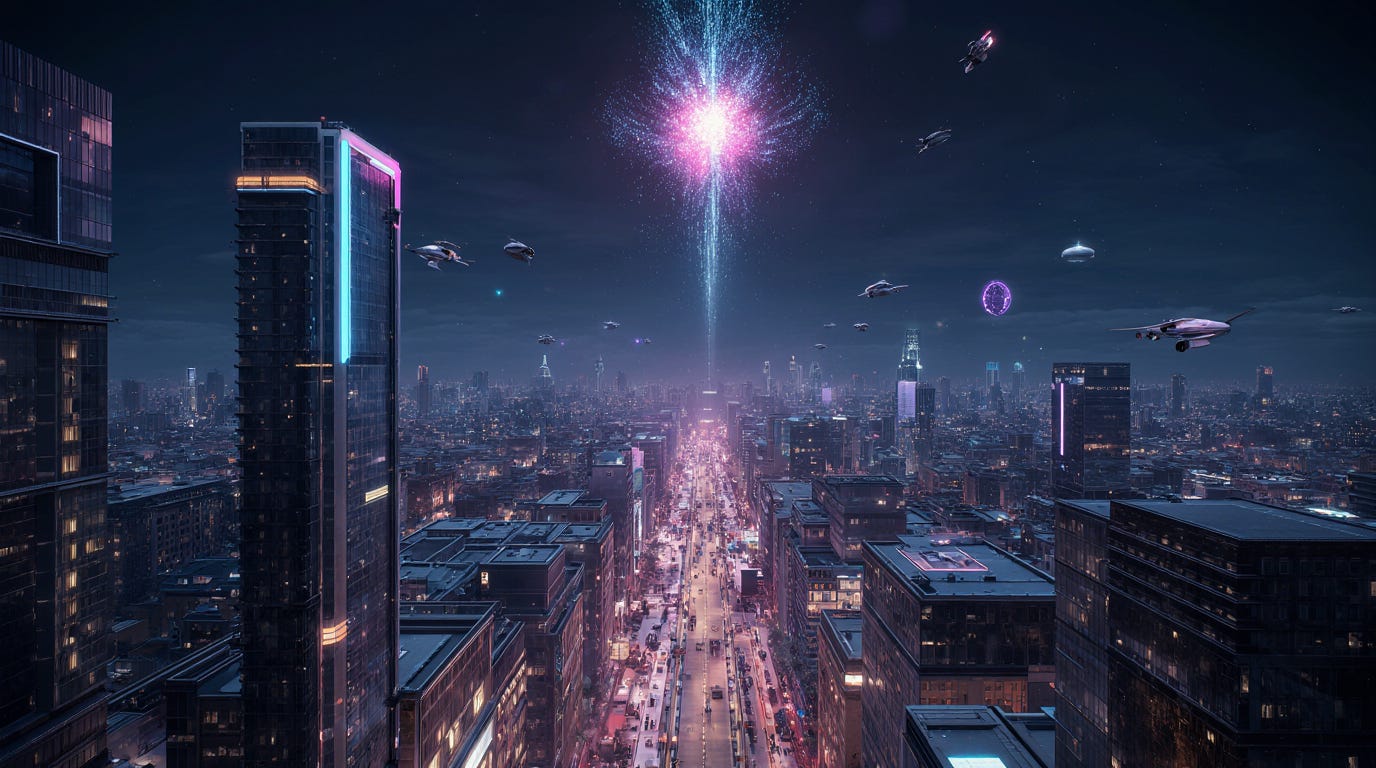Four months after I published my papers on Williams' Law and "Think Smarter, Not Harder," the AI community delivered compelling validation: MiniMax-01, an open-source model that achieves remarkable performance through architectural innovation rather than pure scale.
The timing feels significant. While others chase parameter counts, MiniMax demonstrates exactly what Williams' Law predicts: algorithmic innovation drives exponential performance gains.
The Evidence Continues to Mount
MiniMax-01 represents precisely what Williams' Law describes. With 456 billion total parameters but only 45.9 billion activated per token, it achieves performance comparable to much larger models through superior architecture design.
The model introduces several algorithmic innovations:
A hybrid attention mechanism combining different attention patterns
Lightning attention for efficient processing of up to 1 million tokens
A novel reinforcement learning algorithm (CISPO —Clipped Importance Sampling Policy Optimization) that accelerated training by 2x
This is Williams' Law in action: P(H₀, A) = P(H₀, 0) exp(λA), as I formalized in Defining Williams' Law: The Power of Algorithmic Innovation.
Breaking Down the Innovation
Let me translate that equation into practical terms.
Traditional AI scaling says: Need better performance? Add more parameters. It's the brute force approach—what I call "working harder." Yes, it works... but only linearly.
MiniMax-01 exemplifies the "thinking smarter" paradigm I detailed in my paper Think Smarter, Not Harder: Algorithmic Innovation as the Key to Exponential AI Performance. Through architectural innovations like hybrid attention and sparse activation, it increases the algorithmic innovation index (A) rather than just the hardware capacity (H). The exponential term exp(λA) is where the real gains emerge.
The model's mixture-of-experts design means each token only activates about 10% of the total parameters. It's like having a team of specialists where only the relevant experts work on each problem, rather than forcing everyone to work on everything.
Real-World Implications
For practitioners, this reinforces a crucial message.
That next GPU upgrade? Maybe reconsider. The breakthroughs in your AI applications are more likely to come from architectural innovations than raw compute power. MiniMax-01 shows that clever design can match or exceed brute-force scaling.
For organizations with limited resources, this is empowering. You don't need Google's infrastructure to compete. You need innovative approaches and the willingness to experiment with novel architectures.
The Compound Effect
What excites me most is how these innovations stack.
MiniMax-01's efficient architecture could be combined with other algorithmic advances like Chain-of-Draft prompting (which reduces token usage by 92%) or future innovations we haven't discovered yet. Each breakthrough raises the baseline for the next.
This is the staircase model from my "Think Smarter" paper in real time. Each innovation builds on previous ones, creating compound improvements. The algorithmic innovation index A keeps climbing, and performance grows exponentially.
A Challenge to the Field
To researchers: Before requesting that next cluster of H100s, ask yourself: What architectural innovation could achieve the same result with existing hardware?
To engineers: These breakthroughs often come from questioning fundamental assumptions. Why do all parameters need equal weight? Why generate responses in one pass? The best innovations make us wonder why we didn't think of them sooner.
To leaders: If your AI strategy focuses solely on compute scale, you're playing yesterday's game. Tomorrow belongs to those who innovate architecturally.
The Path Forward
Williams' Law isn't just theoretical anymore. MiniMax-01 joins DeepSeek R1, Chain-of-Draft, and AlphaFold 2 as concrete proof that algorithmic innovation drives exponential progress.
The message remains consistent: In the race for AI advancement, the winners won't be those with the most hardware. They'll be those who think differently about problems, who find elegant solutions, who realize that intelligence isn't about brute force but about sophisticated design.
Every time someone claims AI progress requires massive compute scaling, point them to MiniMax-01. When they argue that only tech giants can build competitive models, show them this 456B parameter model competing with systems many times larger.
The future of AI isn't in data centers consuming small cities' worth of electricity. It's in the next clever architecture, the next training innovation, the next realization that we've been approaching the problem wrong.
Think smarter, not harder. The evidence keeps proving it's the only sustainable path forward.
Junior Williams is a Senior Solutions Architect at Mobia and independent AI researcher who formulated Williams' Law. His papers Defining Williams' Law: The Power of Algorithmic Innovation and Think Smarter, Not Harder: Algorithmic Innovation as the Key to Exponential AI Performance are available on Zenodo. Learn more at trustcyber.ca.





